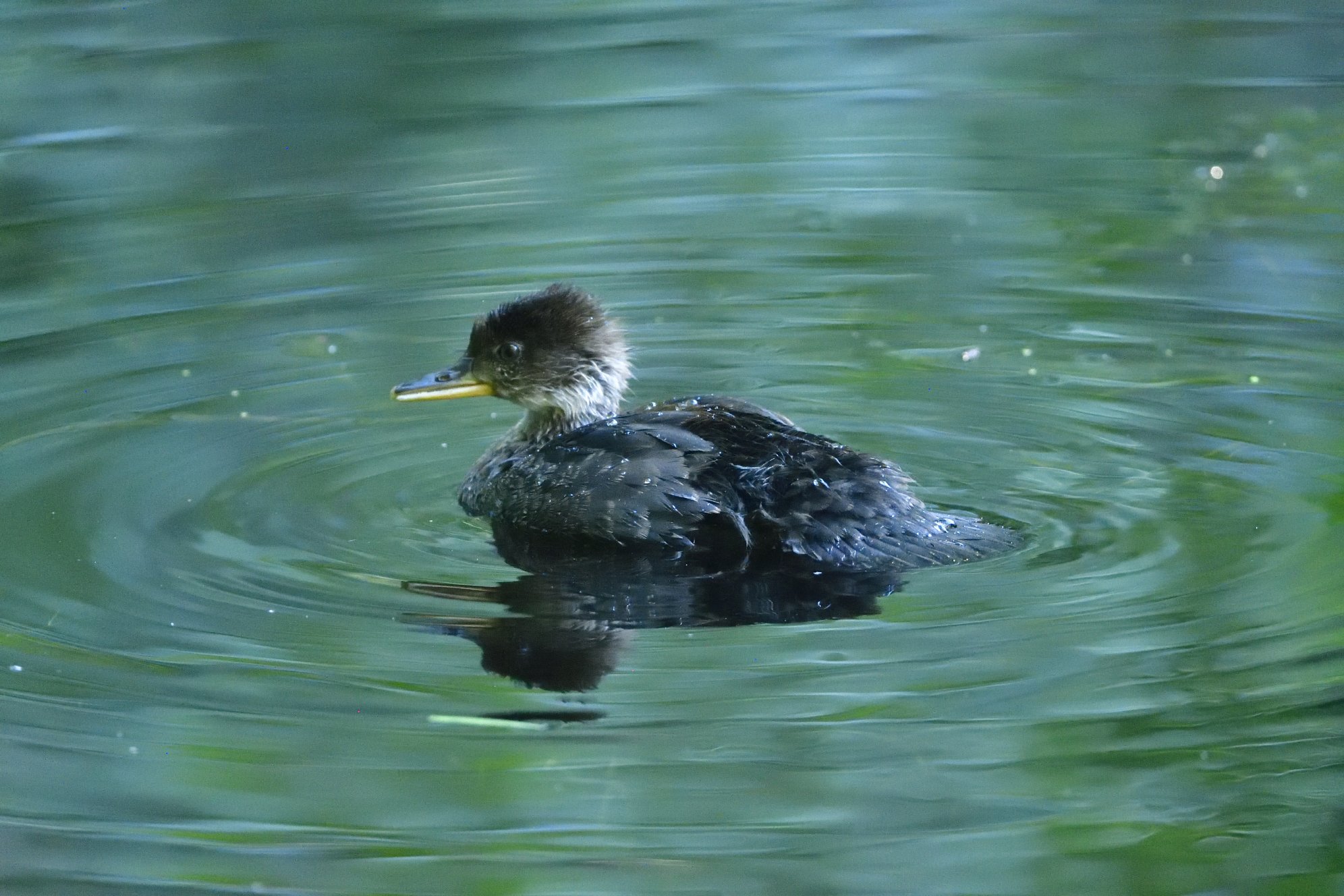Rewilding Bloedel
Photo: Erin Fisher
When the editors of Tideland magazine invited my to write an article about the Bloedel Reserve, I happily accepted. I’d once been a member of Bloedel but my membership had lapsed; I figured this would be a good opportunity to reacquaint myself with a nationally treasured botanical garden located only a few miles down the road. What I didn’t envision was that the reserve’s 10-acre Buxton Bird Marsh and Meadow would inspire me to write about rewilding.
Rewilding writ large often refers to restoring wildlife corridors and native species—including large carnivores—in order to make landscapes whole again. I’ve dedicated much of my career in conservation to trying to advance this big, bold approach, which is critical to protecting biodiversity.
But I think rewilding can occur at other scales, too: if we give nature a little support and breathing room, sometimes plants and wildlife will blossom—even on 10 acres of habitat in a hidden corner of a botanical preserve.
Photo: Albert Meerscheidt
Early last May I savored a bird marsh in the slanted light before sunset. While my eyes feasted on bull rushes and ferns, my ears drank in the sounds of a thriving wetland. Tree frogs warmed up their ribbit calls for the evening chorus; song sparrows and red-winged blackbirds serenaded the spring. There were other melodies, too: the rattle-chatter of kingfishers, honks from Canada geese, a pileated woodpecker pounding on a distant fir.

